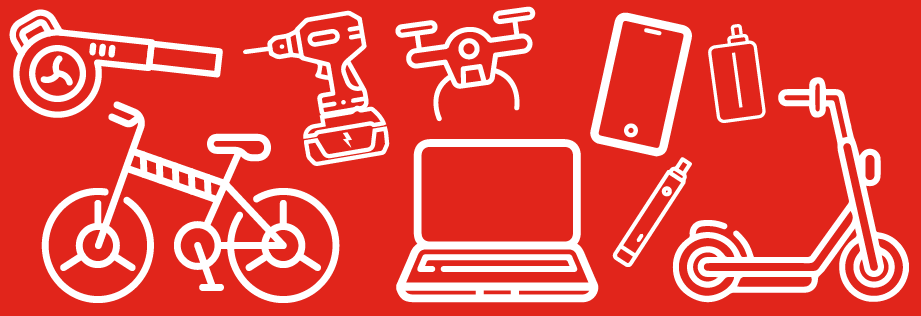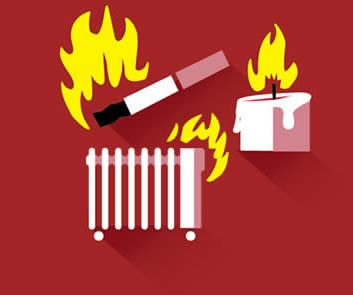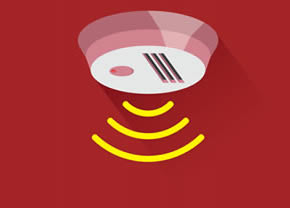Battery and charging safety
The lithium-ion batteries in portable electronic devices including e-bikes and e-scooters, make our lives better, but they could put us at risk.
Lithium-ion batteries are the fastest growing fire risk in New South Wales. It is important for you to understand the risks and be prepared if things go wrong.
Fire and Rescue NSW is currently conducting research on how best to mitigate incidents involving these technologies and how best to respond to incidents when they occur. While we work on the research, there are some measures that we urge users to be aware of to minimise their exposure to hazards.
What to do:
Advice for:
Frequently asked questions
Why do lithium-ion batteries catch fire?
Lithium-ion batteries are highly energy-dense and contain electrolytes that are highly flammable. There are several situations that can lead to lithium-ion batteries catching fire, including:
- Overcharging or use of non-compliant charging equipment
- Overheating or exposure to heat or extreme temperatures
- Physical abuse (e.g. dropping, crushing, piercing, and/or vibrations)
- Short-circuiting, battery cell malfunctions or system faults
- Defects or contamination introduced during manufacture
When lithium-ion batteries fail they can undergo thermal runaway. This involves violent bursting of one or multiple battery cells, hissing and release of toxic, flammable and explosive gases, and an intense, self-sustaining fire that can be difficult to extinguish.
How to identify a lithium-ion battery
Lithium-ion batteries (LiB) come in various formats (i.e. cylindrical, flat, rectangular, pouch, and device specific) and can be difficult to identify as there is currently no requirement or standard for labelling or marking. Most Lithium-ion batteries will have some form of printing on them which contains either the words “lithium ion”, “Li-ion”, “Li-po”, “Lithium-polymer”, or some other variation of “Li” to denote the chemistry. If the battery is rechargeable and has “Li” or “Lithium” printed on it, you can safely assume that it is a lithium-ion battery.
Non-rechargeable or disposable lithium batteries, or lithium metal batteries should also be treated with caution as they can expel molten flammable metal and emit toxic gasses during a fire. Small fires involving single use, disposable lithium batteries should be treated as a Lithium-ion battery fire (see, what should I do if my device or battery is smoking or on fire?). Where large amounts of lithium metal batteries are used or stored, specialist Class D dry powder extinguishers may be required.





